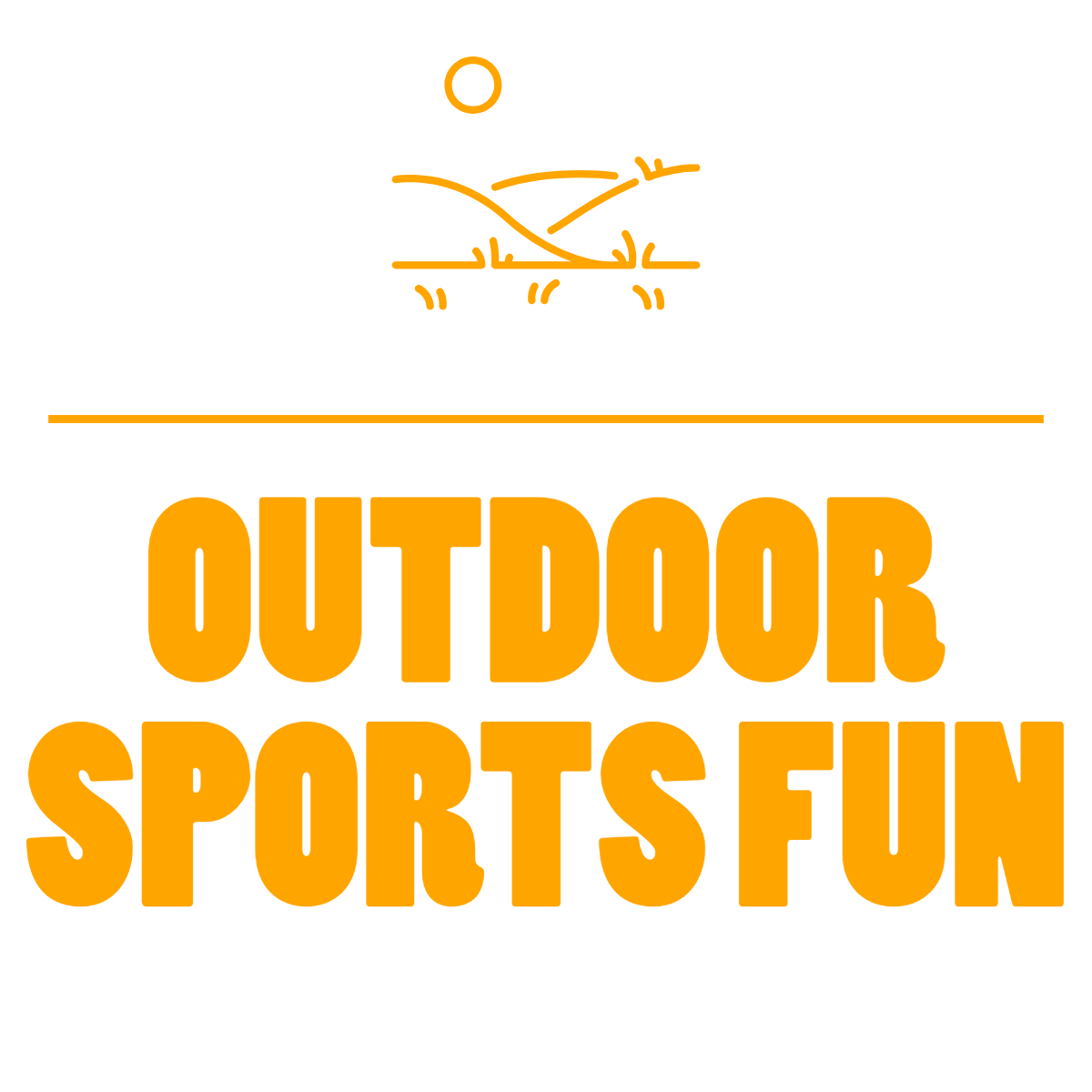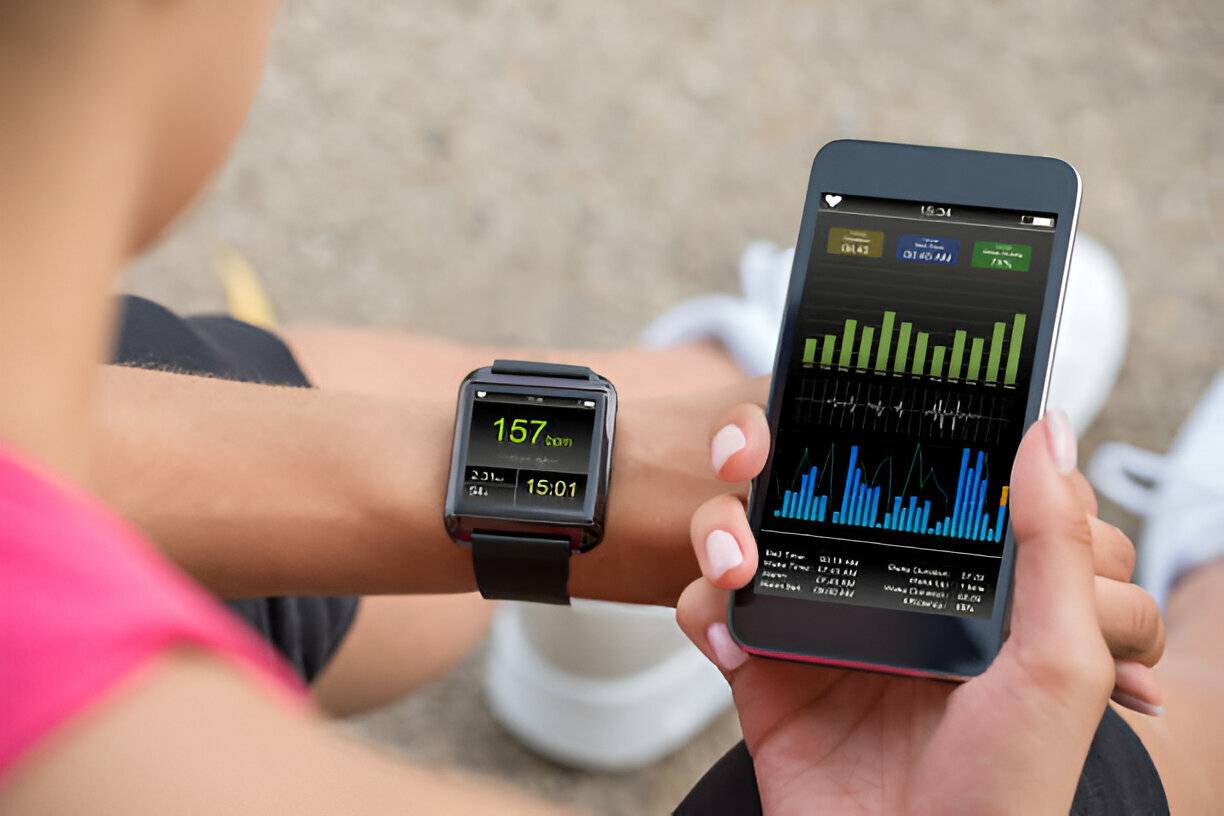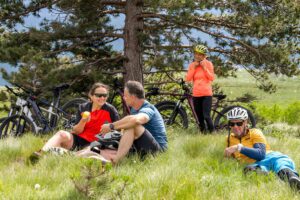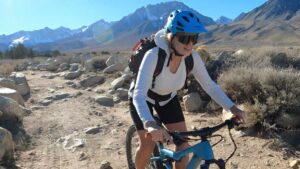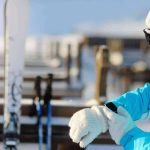Gear essentials are simple or basic things and tools deemed necessary for an activity. They ensure effectiveness and safety. Under trail running, these essentials include simple to advanced gadgets. They help in many parts of the run, from hydration to navigation. Trail running is different from running on the road. In many cases, it has rough ground, unpredictable weather, and along-the-way locations. The right gear, unlike one would perceive, is not convenient but a necessity towards success and safety.
Of the essential trail running gears, one is footwear. Basically, trail running shoes have superior grip, tougher materials, and supporting structures to go in for a slalom-like glide along rocky, muddy, and uneven paths. In short, they are incorporated with a number of features such as strengthened toes, rock plates, and special soles that make the impacts of rough trails, thereby reducing possible injuries and improving performance. The other immediate requirement in terms of gear is a hydration pack. These are hydration packs or vests that facilitate no-fumble, hands-free hydration, ensuring the runner stays hydrated over long distances without breaking stride.
The next section in the article is on clothes for trail running. In essence, the issues are moisture-wicking shirts, compression tights, and windproof jackets. It explains what materials and designs go into making them. It proceeds to address running accessory gear like gaiters for keeping crap out of the shoes and socks in a bid to avoid blisters. All these things sound inconsequential. However, as explained, these really matter for both comfort and longevity during running.
From here, the class will shift gears and talk about some of the trail running tech, including watches that support GPS and route-planning apps. Inst: These tools can help you run more safely and confidently. Another thing we have mentioned many times is being prepared in case of emergencies. Things like first-aid kits and emergency blankets really do come in handy in that kind of situation. It is strongly related to practical advice and also offers real-world use. From here, it is born from personal experience and current trends in trail running.
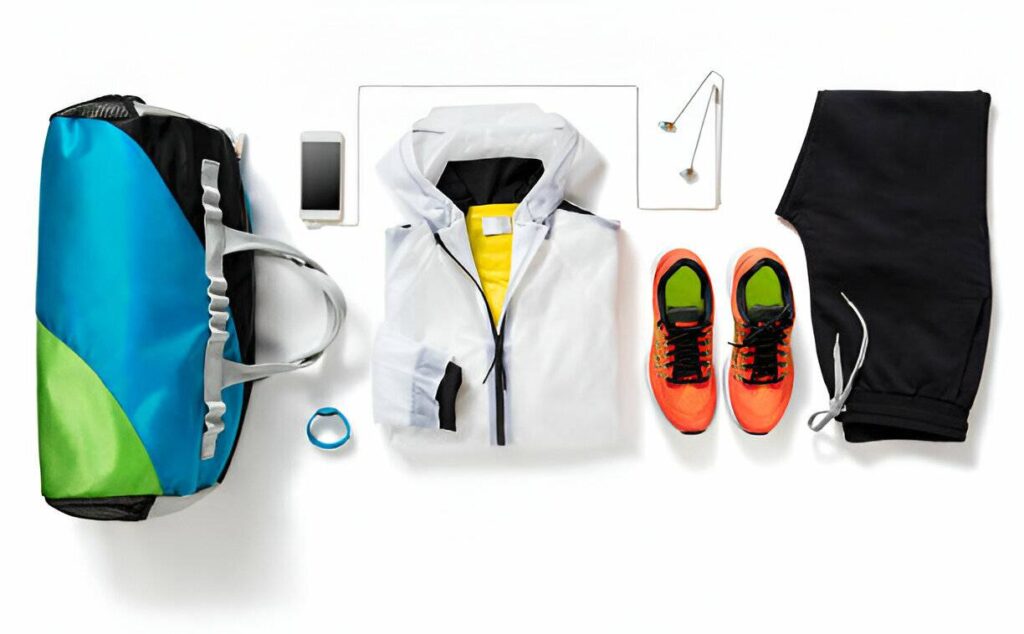
- Good quality trail running shoes are important. They have to provide comfort, support, and grip—basically for varying terrains.
- Clothing with wicking action will help manage the sweat. Cores stay dry, reducing irritation and chafing risks.
- Layering is important. You’ll need to think about base layer, mid-layer, and waterproof jacket. That way, you can adjust to the weather as it changes.
- Quality trail-specific socks cushion and rub less to help avoid blisters.
- You want hydration solutions that could be hydration packs or handheld bottles. They become vital in keeping fluid levels up and fighting off dehydration.
- Light, breathable caps and buffs are lightweight headwear that protects from the sun and helps in the management of sweat.
- A sturdy GPS watch or tracker will help with navigation and performance tracking. It identifies on long or new trails.
- A small first-aid kit can handle little injuries or minor issues that crop up while on the trail.
- Trekking poles provide balance and support in steep uphills and downhills.
- Gels and snacks are a must to carry since they go a long way in sustaining energy over a long run.
- Reflective gear headlamps are a must for better visibility when running early in the morning or late evening.
- The pack is compact and lightweight, able to carry a phone, keys, first-aid kit, and light refreshments.
What is the Gear Essentials for Trail Running?
Once you’re running trails, you’ll encounter a myriad of different surfaces. Some of the key terms to know are trail shoes, which designers created specifically for off-road running. It has much more grip and stability when running off the road. Hydration Packs are backpacks with a specifically designed, built-in water storage. They keep runners cool and hydrated on long trails. Technical Apparel is the moisture-wicking quick-drying apparel that keeps runner body temperature in check. Dawn or dusk runs require headlamps. GPS Watches provide navigation and performance tracking. The ‘Gaiters’ are fabric covers for the shoes, protecting them from debris.
Some of the key gear in trail running requires not only knowledge of the activity but even a glimpse at these special needs. Trail running, in fact, is unlike running on roads. Trail running includes varying elevations against uneven paths and often highly unpredictable weather. This specialized gear helps in giving comfort, high performance, and is truly a safety measure. Trail shoes should offer more support and traction. They do this in addition to regular running shoes.
Hydration and nutrition are very important. There could only be limited availability of water and food resources. Technical apparel helps runners efficiently manage their sweat and temperature. This becomes very crucial considering that one trail is bound to mean running across diverse climatic conditions. This professional gear ensures that runners can experience the fun and performance in relation to the sport. It also reduces risks and maximizes comfort.
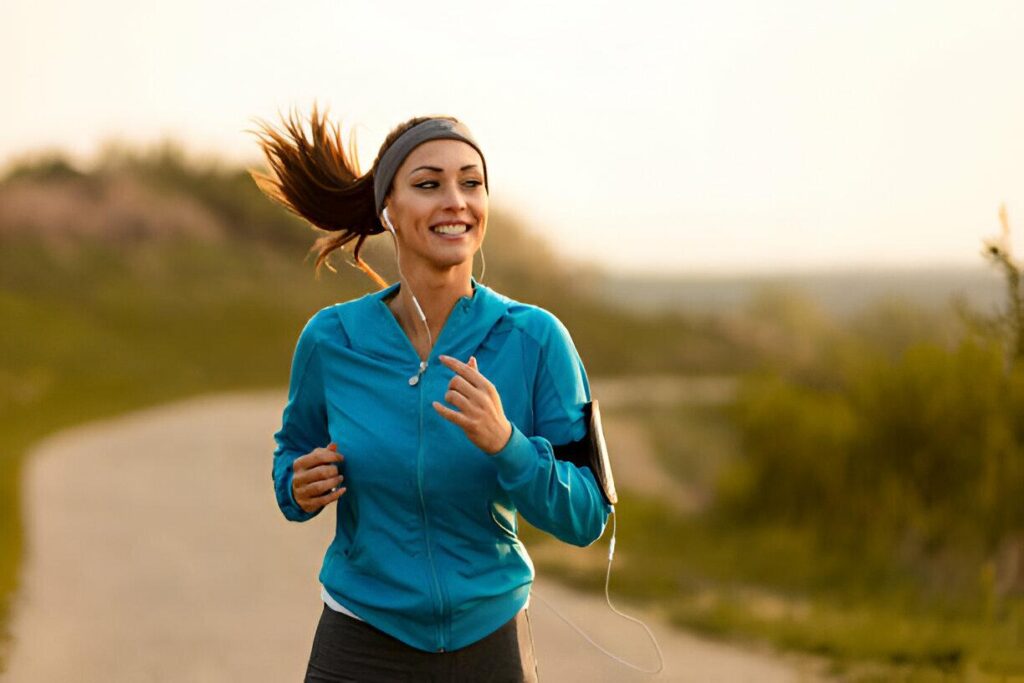
Understanding the Culinary Arts: Methods and Ingredients
You have to start with the right culinary arts foundation. This is best achieved by mastering key techniques and becoming familiar with a host of ingredients. Sautéing, roasting, baking, and grilling give you different tastes and textures for your food. Each style is a method of cooking. For instance, sautéing involves high heat and little fat in a shallow pan. This setup allows for quick cooking and, thus, forming a caramelized exterior. Roasting is a cooking method that uses dry heat provided by an oven to cook the food. It normally crisps the food on the outside and makes it tender inside.
Ingredients really do matter when it comes to successful cooking. Fresh herbs bring alive any dish with flavor. Spices like cumin and coriander add complicated, fragrant dimensions. Fresh, quality ingredients like meat, fish, and produce all make big differences. Specialty items such as its, truffle oil, or exotic fruits move the dishes up several notches in qualification. They may also allow diners to experience new flavors for the first time. Equally important is how one marries ingredients together and balances seasonings. It makes the difference in a well-balanced and attractive dish.
Researching Literary Genres and Their Characteristics
Literature comprises many genres. Each has its characteristics or nature and rules to define it. The fictional genres, resembling romance, science fiction, and fantasy, are significantly different from each other. They rank from the utilizations of themes, settings, and the development of characters applied within them. Romance novels deal with the love between two individuals. Mostly, they are made with a happily-ever-after ending. Science fiction includes speculative ideas. For instance, it can depict future settings, high-tech, and aliens. It allows readers to consider the repercussions of progress.
Fantasy literature invites one into worlds of magic and myth. They have well-detailed, newly constructed world-building settings, complete with new languages, cultures, and geography. Non-fiction also has its genres. These include biographies, memoirs, and self-help books. They give facts, give insights, and advice. Biographies tell the reader about the lives of the people. They discover for the readers information regarding their experiences and their achievements. Memoirs present a personal view. They give accounts of periods or events in the author’s life. Knowing what the different parts of each genre are, and how they’re laid out seems to help readers and writers. They have a glimpse of the skill in the different literary forms. Readers may even see the subtleties.
Basics of Web Development: Languages and Frameworks
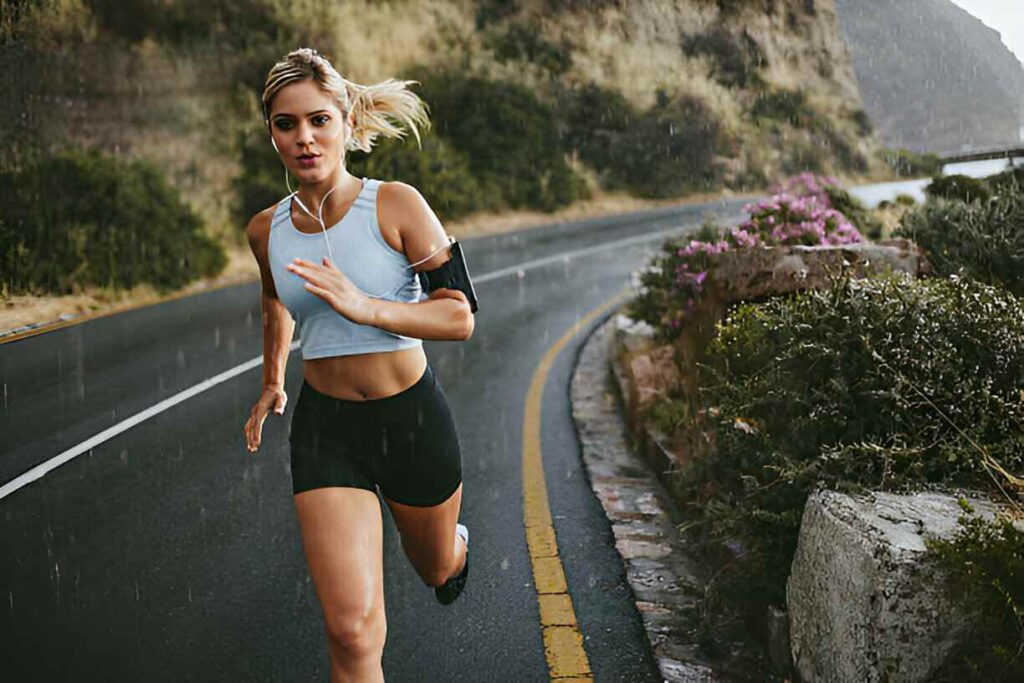
Many languages and frames are in use in web development. They facilitate the creation of useful, beautiful websites. HTML means HyperText Markup Language. It marks up the structure and elements of a webpage. CSS makes the looks or the style of web pages in conjunction with HTML. It is responsible for things such as color, font, and spacing. JavaScript stands as an extremely potent scripting language advancing an application with interactivity and dynamicity; examples of what it does include form checking, animation, and nonblocking loading of data.
These frameworks and libraries expedite development time and effort using their pre-written code and modular components. React, the brainchild of Facebook, is genuinely concerned about building user interfaces within a component-based architecture. Angular is maintained by Google. It is a full framework. It boasts its own suite of tools for building and maintaining complex apps. Vue.js has some reputation for simplicity and flexibility. Enabling developers to adopt its features as they need them. Mastery of the above languages and frameworks gives the developer the tools they can use in creating responsive, efficient, and engaging websites.
Principles of Effective Time Management
Good time management is essential for productivity. It is also important for one to attain their goals, both and. One of the key ideas here is prioritization. It refers to telling apart the urgent tasks from the important ones. One popular tool to improve one’s prioritization is the Eisenhower Matrix. It separates tasks into four parts. They are urgent and important. They are important but not urgent. They are urgent but not important. And, lastly, they are neither urgent nor important. This last sorting allows people to focus on high values of activities. It helps one shun less important tasks.
The other important principle is setting SMART goals. The acronym stands for Specific, Measurable, Achievable, Relevant, and Time-bound. All these assure that your directions will be well set, clear, and your plan well organized. One major practice about managing one’s schedule is time blocking—setting certain times for activities reduces procrastination and helps you work focused. Other ways of time management through the use of digital devices include calendars and task managers, allowing users easier remembrance of the tasks, by way of reminders, making appointments, and following up on schedules.
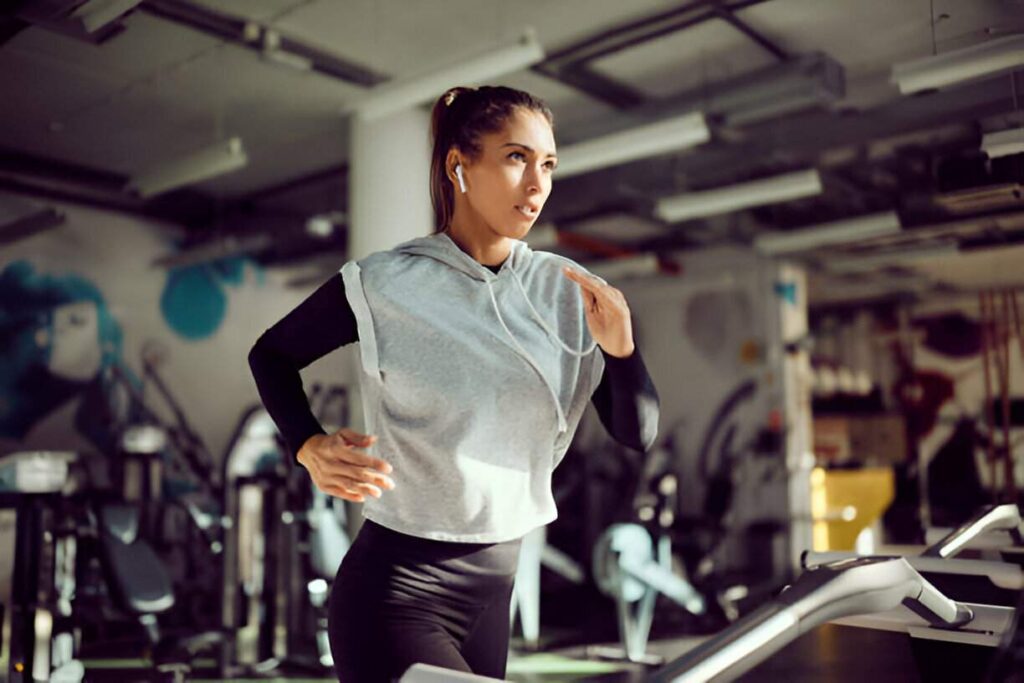
1. What are the best shoes for trail running?
Trail running requires special trail running shoes. These materials in these shoes are tough. They feature a larger tread depth on sole and thus provide better grip on uneven ground. Look for shoes that balance cushioning and support, and make sure they fit well to avoid blisters and other discomfort.
You also have to consider the specific terrain you are running on. If you are to run on really very muddy trails, then shoes with aggressive lugs will work best. When it comes to running on rocky or hard-packed trails, your best bet is to look for shoes that have rock plates. They should also be more solidly constructed. Try on a lot of pairs and walk around to pick out the best for your needs.
2. Do I need special socks for trail running?
Yes, special socks can really help. They improve one’s comfort and performance out on the trails. The trail running socks give a nice wicking from your skin to reduce potential blisters and chafing. They are often extra padded in key areas, which gives extra support and cushioning.
Merino wool is the most used in trail running socks. The material makes them breathable, draws up moisture, and temperature-regulating. Further, some trail running socks have compression. It lightens muscle fatigue and improves blood flow. A lightly small and impactful way would be investing in good, well-fitting socks. They enrich your experience of trail running.
3. How should I dress for trail running in different weather conditions?
The key to dressing in most weather conditions for trail running is layering. You want moisture-wicking fabrics in warm weather because they let air through to help cool you and dry your sweat. So opt for lightweight shirts, shorts, and a hat or visor for sun protection.
In case the weather is going to be cold or wet, then layering becomes even more critical. Create a base layer of moisture-wickings. Add an insulating layer for warmth. Top it off with a windproof and waterproof outer layer. Always carry a light rain jacket for unexpected weather. Consider buying gloves and a hat for added warmth.
4. If one is to trail run, is a hydration system necessary?
Hydration is essential in any kind of exercise, and it’s not any different in trail running. Of course, a hydration system is designed to keep you hydrated throughout your run. It could either be a hydration pack or simply a handheld water bottle. Hydration packs are pretty convenient since they allow one to carry more water and other important sundries like snacks, keys, and, of course, it’s your phone.
If you don’t want to carry too much, then handheld water bottles or hydration belts are in the market. It’s about finding a system that fits and doesn’t bother your running. Some runners even add electrolytes to their water in an attempt to replace lost minerals and energize themselves for better performance.
5. What other accessories are available to ensure safety?
Safety should always be a consideration when you are about to plan for or train on trail running. First, you will need a quality headlamp or flashlight, quite necessary for any run early in the morning or during the evening. This would guide your vision on the path ahead of you and help you from slipping or falling. Other essential materials to have at hand are reflective gears and apparel. Essentially, these keep you visible to all. More specifically, it makes you visible in very poor light.
Also, carrying a whistle can help you signal for help. Other runners carry a minimalist first-aid kit with them. This can help when minor cuts and scrapes need to be treated. At the last leg, let someone know what your course is going to be and when you plan to return – really important if you’re running alone or in remote areas.
6. Shall I wear a hat or visor while running trails?
Wearing a hat or visor may come in quite handy, especially when running trails. Of course, this is true if it is sunny. A hat or visor will partially protect your eyes and face from glinting sunshine and protect them from sunburn. This might be quite favorable to comfort and vision, making it easier to focus on your run.
Moreover, some hats and visors have moisture-wicking materials, helping sweat away from the face, which prevents it from dropping onto your eyes, and aides in skin irritation prevention. During cold weather, a hat will additionally warm you up and protect your ears from the cold.
7. Why should I use trekking poles to go trail running?
Many advantages or benefits come attached to the use of trekking poles, specifically for a trail runner. They are inexcusable on steep or complex lands. They spread the workload between the upper and lower body. It makes running easier on the legs and knees. This would be more essential during a long run or race by saving energy and reducing fatigue.
Trekking poles add extra stability and balance, necessary especially when operating on adverse trails or really slippery ground. They help in averting falls and increasing assurance when running over tough ground. Seek light, adjustable trekking poles befitting for ease of carrying and adjusting to your required length.
8. What should I carry in my trail running pack?
This is what should go in your trail running pack. These things keep you safe and well. Don’t forget hydration—very important. Always have enough water with you. It has to last your entire run. Some packs have built-in water reservoirs, and some allow self-stashing of bottles. Additionally, also stuff energy gels, bars, or even snacks to pump yourself in case you need an energy boost.
Other key items include a small first aid kit. Also, multi-tool or pocket knife, whistle in case of emergencies. Also, bring a phone and a map or a GPS device that will help you navigate the trails. The rest of the things you may want to carry with you can be determined by the type of weather. You may want a rain jacket, some sunscreen, extra layering depending on the weather range. Tailor the contents of your pack to the specific requirements of your trail and run duration.
9. How to prevent blisters while trail running?
Blisters are part of the deal with trail running. There are, however, several ways of preventing them. First, make sure your shoes fit. Shoes that are too tight can cause friction. Too large and your foot can slide around. Also, you should break in new trail-running shoes; never do long runs in new shoes.
Wearing moisture-wicking socks can also help reduce friction and keep your feet dry. Some runners apply lubricants These can be petroleum jelly or special anti-chafing balms. They use them to prevent hot spots. Also, note any discomfort during your run. Stopping to fix the problem early can prevent it from becoming a blister.
10. What type of clothing material is best for trail running?
While dressing for a trail run, one only needs better moisture-wicking provided by polyester, nylon, and merino wool to draw out the moistures from your skin. This helps in keeping you dry and comfortable. This is not recommended because it retains a lot of moisture, which leads to chafing and discomfort.
Your trail running apparel should wick away moisture. Moreover, they must also be light and breathable to prevent overheating. Some have added features for UV protection, anti-odor treatments, and strategic ventilation. You might want to invest in specialized gear meant for trail running. This could help enhance comfort and efficiency during performance in various weather conditions.
Conclusion
Get the right trail running gear; it makes a big difference in your experience. You’ve got to have shoes with good grip, good cushioning, and that can take rugged terrain. Then there’s the moisture-wicking apparel, very important to keep you comfortable all through a long run without chafing. And very important is a hydration system, either handheld bottle, hydration pack, or vest, whichever keeps one hydrated on the long trails.
Don’t forget about safety—take a basic first-aid kit, a whistle, and an emergency blanket with you for any unexpected situations. If it gets quite cold, include light layers and a waterproof jacket; the weather can get unpredictable. For longer runs, of course, you will need a headlamp, so extra batteries would be a good idea.
Accessories like a GPS watch can help track your progress and be an aid on new trails. Use trekking poles with large baskets for useful support on steep ups and downs. A small collapsible cup minimizes the waste by making you drink from streams.
Overall, focusing on these main gears will definitely make your trail runs very hard to fun.
